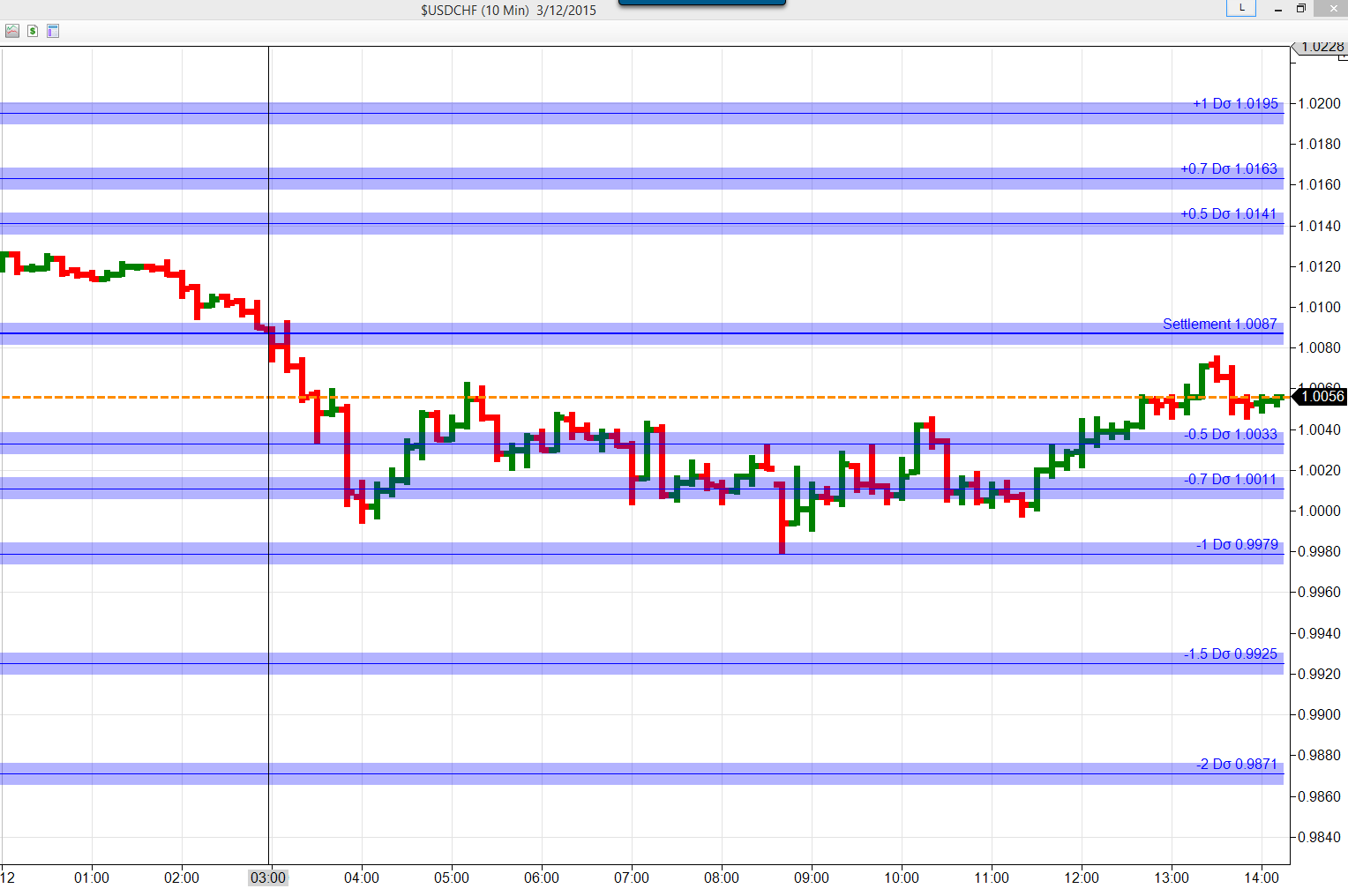What is a volatility index, and how can you use one to help your trading? Probably, the most well known volatility index is the VIX, a measure of implied volatility of the S&P 500 index options. In fact, often traders will just look at the VIX, not even realizing there are other volatility indices out there. Traders will watch to see what the VIX is doing, if it’s up or down. This is great if you’re trading the S&P 500, but what if you’re trading gold? Then you need to watch the gold volatility index. It should be obvious: you will get more out of looking at a volatility index that is relevant to the market you are trading.
Look For What The Volatility Is In The Beginning And End Of The Day
Volatility indexes are a measure, quoted in percentage points, of market expectations of volatility based from option prices. On a volatility index you can back out to see a broad overall picture. For example, open a chart on the VIX and back out to look at a daily charts. The idea is to get an idea of where volatility is and where it’s been. A good thing to do is to keep a log. Log where implied volatility is on the volatility index at the beginning and the end of the day, on days that you trade and also what system you traded that day.
To view larger image click HERE.

How Does Your System Do In Certain Levels Of Volatility?
You will begin to learn what systems do well in certain kinds of volatility. Then you can sit back and make an analysis of your trading success. To do this, look back at say the last 90 days on the volatility index that applies for the market you trade. Take the days you did really well and see what the implied volatility was on that volatility index, and what system you were using. Notice on that index what the price range was for your good days. You can do the same for the days that you didn’t do so well and look for patterns or consistency.
This is a great way to learn what environments are working well for whatever it is you are trading, the market you are trading together with the system you are trading. Keeping track of this is important so you can know what contracts to choose and trade, know your own patterns and systems and how they’re impacted by implied volatility. Markets change throughout the year and this is a great way to reference which systems work in what kind of seasons. Again, it’s important to watch the volatility index of the market you are trading. If you are trading oil, then use the oil volatility index. If you are trading euro, then reference the euro volatility index.
To view larger image click HERE.

Start charting how your trades do in relation to where that volatility index is. The CBOE has numerous volatility indexes listed. To find them and the one you need for your market go to CBOE, click on products, click on VIX Index & Volatility, click on Volatility Indexes, then look down for the market you trade.
The Importance Of Volatility Indices Trading Binaries and Spreads
It’s very important for options traders trading binaries and trading spreads to know the impact of implied volatility on the system you use. You should be tracking it and be aware of it because when the volatility index is higher, the bid offer spreads will often be higher, premium will often be higher making it cost more to buy an out of the money (OTM) option and you will get more profit on an in the money (ITM) option. Conversely, when the volatility index is lower, the bid offer spreads will often be tighter and will cost less. It will cost less to get an out of the money option and you’ll profit less on a further out in the money option but you’ll have to take on greater risk for a closer in the money option. Knowing this is what helps you to know and decide what strike you are going to choose for your trade.
When trading, you need to know how you are going to handle the situation. There is more to decision making while trading than reading an up or down market. What’s the best option? Is there a reason it costs more today or a reason it’s cheaper than it was? If you keep a good trading journal you can even go back and look at what the implied volatility was on the day. Could it have impacted your trading? Look for the correlations to see if it can help you and give you an edge. Diagnostic trading is about seeing the market and how other traders see the market, then being able to take advantage of that, having an edge and being one step ahead.
To learn more about how to trade binaries and options, futures and forex, visit Apex Investing at www.apexinvesting.com. Education is free and leading indicators come with membership.
© 2025 Benzinga.com. Benzinga does not provide investment advice. All rights reserved.
Trade confidently with insights and alerts from analyst ratings, free reports and breaking news that affects the stocks you care about.